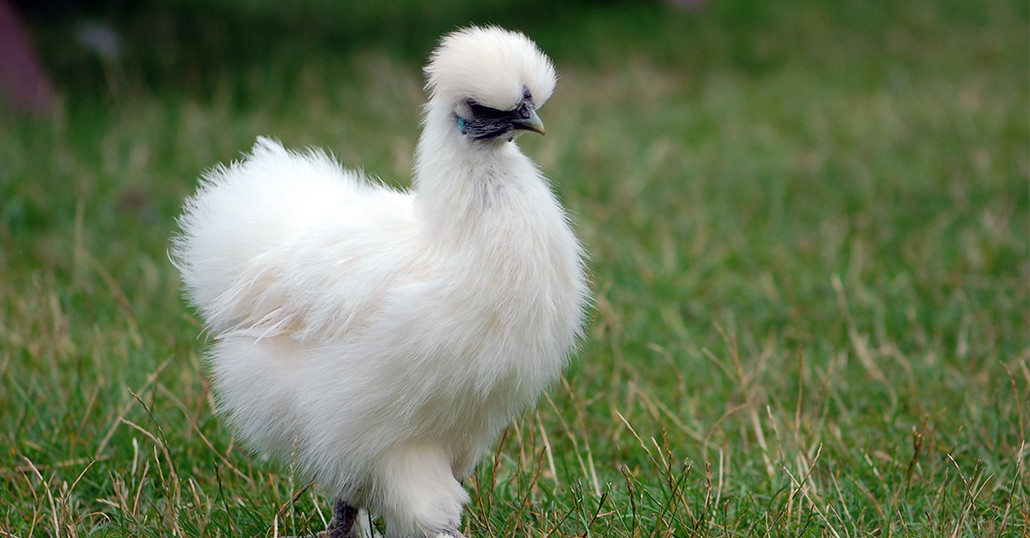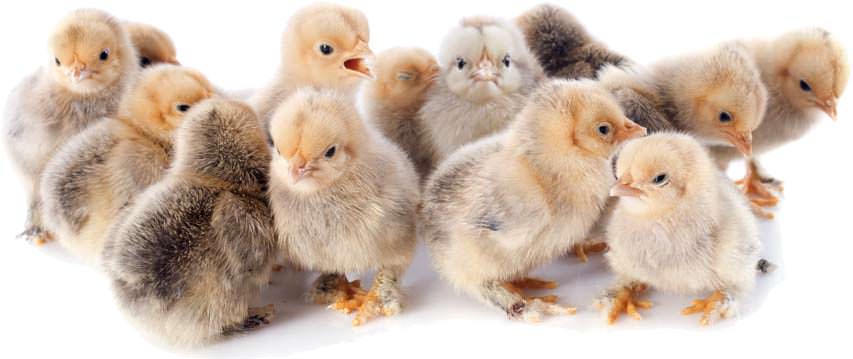
How to Raise Silkies
Posted by Grange Co-op on 9th Jul 2020
One of the most popular ornamental chicken breeds, Silkie Bantam’s are a fun addition to any flock. Known for their friendly temperaments and unique appearance, Silkies are beloved among many backyard flocks and homesteaders alike. An egg-laying pullet, Silkies are a Bantam breed of chicken, making their eggs smaller than the average egg-layer. Despite their smaller egg size, the faithfulness and care they show to their offspring are abundant, making the hens wonderful brooders and mothers. With black skin and bones, 5 toes as opposed to the normal 4, and hair-like plumage, these birds are an entertaining addition to any chicken flock.
A Comprehensive Guide
The standard silkie will have a lifespan of 7-9 years, and while some have been known to live longer, it depends on the conditions they live in and care given to them. Silkies are a breed of chicken known as Bantams, a miniature sized chicken. A common breed, available at many farm & ranch stores, including your local Grange Co-op!
Silkies originated in Southeast Asia and sometime before the 1200s, were named because of their unique plumage. In 1874, Silkies had made their way west and were accepted into the North American Standard of Perfection. They are now commonly known by many and can be found around the globe!
Caring for your Silkies
Similar to any other baby chick, Silkies must be kept dry and warm, as they are very fragile when they are young. Keep their litter clean and dry. NEVER brood chicks or bantams on cedar shavings or on slippery surfaces. Pine shavings or rice hulls make good bedding for chicks. Some also raise them on wire mesh, allowing their feces to fall through the holes of the mesh and into a pan for easier clean-up and contained sanitation.
Chicks and bantams require a brooder temperature of approximately 95 degrees for the first week, dropping approximately 5 degrees per week until the end of the brooding period. Watch them closely to see if they are comfortable. If they cluster under the lamp, they are too cold; if they stay far away, drop their wings and pant, they are too hot; and if they range all over the brooder, they are comfortable. Always make sure they have room to get away from the heat source. Chicks and bantams are generally quiet when they are happy, lots of peeping means they are either too cold, too hot or ill. Chicks and bantams can go outside when they are fully feathered. If the weather is still chilly, however, we recommend keeping a heat lamp available for them at night.
Feed Silkies a 21% protein starter feed for the first 6-8 weeks. Grange Co-op offers “medicated” Rogue Starter Broiler, “unmedicated” Rogue All-In-One or Rogue Nature’s Harmony Organic Chick Starter 21%. Meat birds can be fed Rogue Organic Poultry Feed from start to finish.
After the first couple of weeks, you can sprinkle a little chick grit on their feed, as well as giving them a finely cracked corn mixed with their feed will help prevent pasting. Grange Co-op offers Rogue Hen Scratch or Rogue Nature’s Harmony Certified Organic Hen Scratch. Do not feed layer pellets until approximately one month before your hens are ready to lay, Grange Co-op offers Rogue Egg Layer Pellets and multiple organic options: Rogue Nature’s Harmony Organic Layer Feeds. Make sure they have free choice oyster shell and hen grit available.
Never give Silkies cold water, or they may become chilled and die. Use only lukewarm water. Change their water daily, or more often if it gets dirty. Use a no-drown waterer with a small base, specially made for chicks and bantams. It is also a good idea to put a a vitamin and electrolyte powder in the water to give them a good start.
When first placing Silkies into a new brooder, be sure to dip the beak of each chick into the waterer and watch to see that it swallows. You can then dip their beak in the feed. This should help them find feed and water easily. A pro tip we recommend is placing shiny marbles in the waterers and feeders, this will attract them to these sources, further instilling where their water/food supply is located. Feed is best placed on a paper towel or shallow tray for the first few days, until the chicks or bantams are confident enough to find feed easily in their new environment. At which point, you can then place the feed in chick/bantam feeders. To keep them from scratching in their feed, ultimately dirtying and wasting it, use a feeder with a special lid with holes for the chicks to eat from, or with a reel to keep them from getting into the feeder.
As your Silkies grow and begin to feather out, they will sometimes begin to pick at each other. Using a red or blue heat lamp helps with this, as does giving them shiny objects (such as CDs, mirrors, etc. hung around the brooder) to peck at. Once they begin laying, you can expect around 3 little cream eggs a week from each silkie. Plus, because of their fluffy feathers, they are kept warmer through the winter and depending on your location, have been known to continue laying throughout the colder months when other layers have stopped.
Silkies are charming, docile and calm. With poor flying skills and a love for human interaction, these birds are perfect for children who are old enough to interact with them. They are a quieter breed of chicken unless threatened, and with unique features are a fascinating chicken to own. For more information on raising Silkies, or purchasing to build your flock, contact us online or visit a Grange Co-op near you to speak with one of our Grange Experts!

